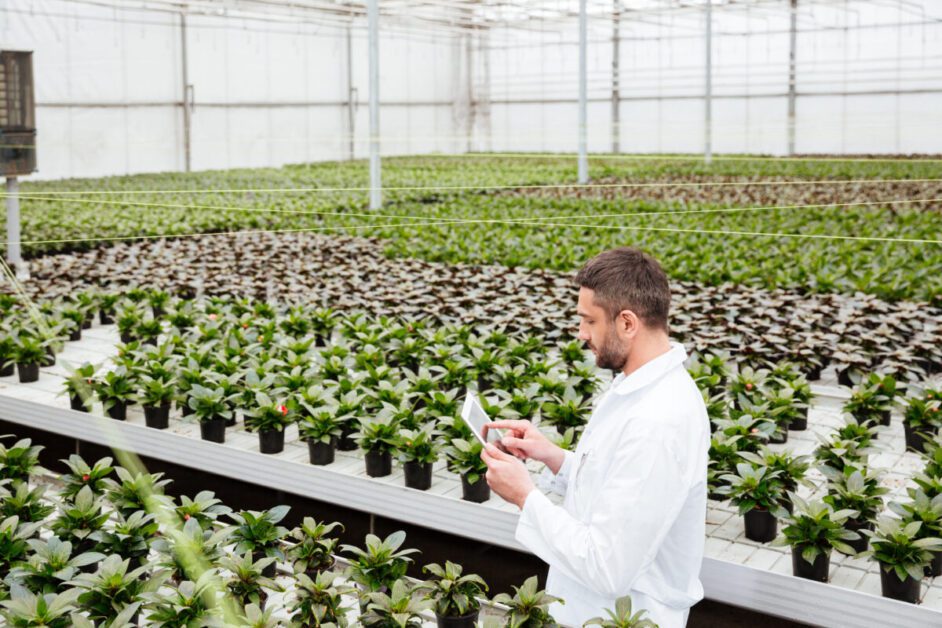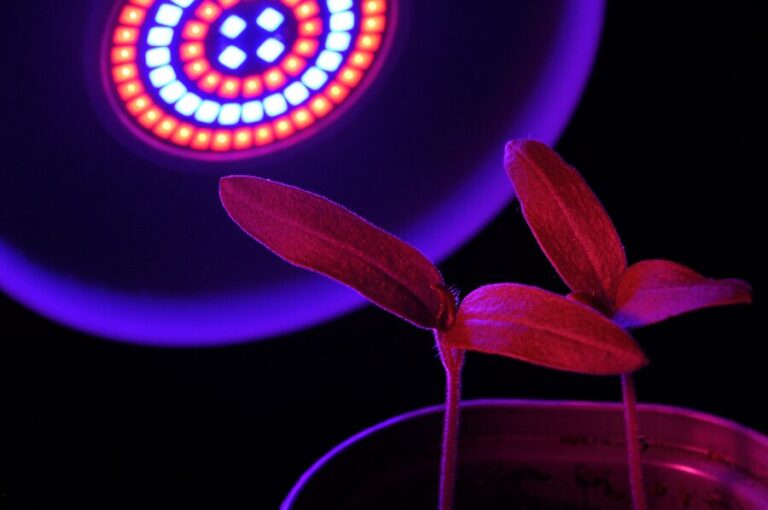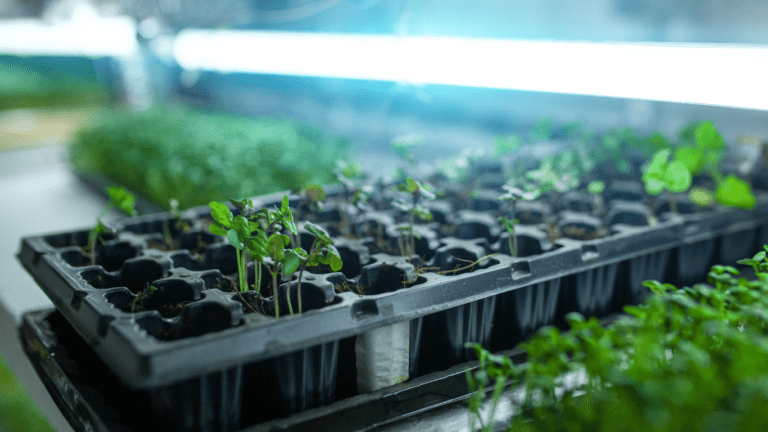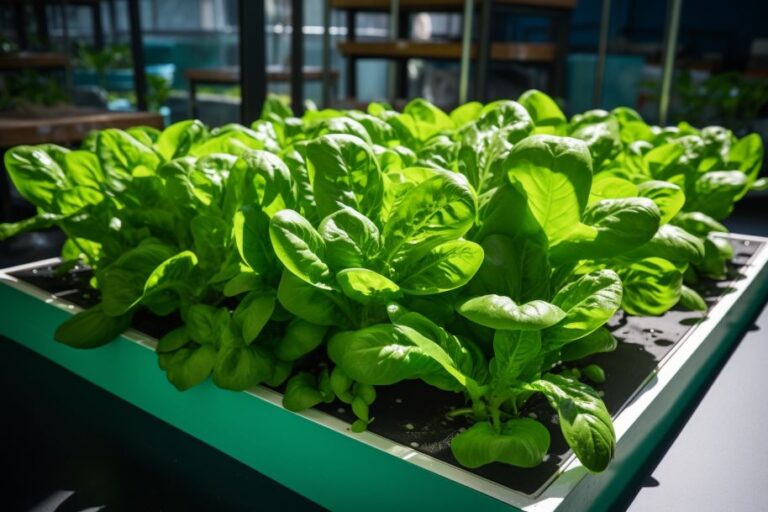What is the Cost Difference Between Hydroponic and Panoponica Technologies and Which One is More Profitable?
Table of Contents
Understanding the regulatory requirements and constraints for hydroponic and panoponica systems
Hydroponic and panoponica systems offer unique solutions for growing plants in controlled environments, free from the limitations of soil-based cultivation. However, gardening enthusiasts need to be aware of the regulatory requirements and constraints associated with these systems. By understanding these factors, growers can ensure compliance and maximize their success.
One of the key considerations when it comes to hydroponic and panoponica systems is water usage. These systems rely heavily on water, and therefore, water conservation measures are crucial. Local regulations may impose restrictions on the amount of water that can be used for these systems, and it is important to adhere to these guidelines to prevent unnecessary wastage.
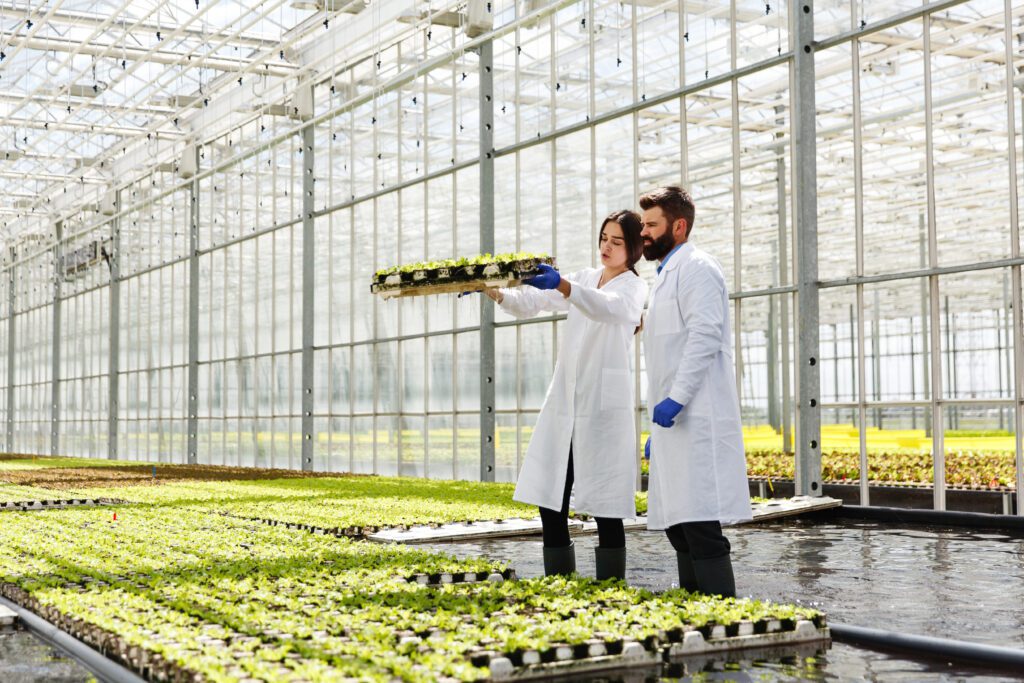
Moreover, the use of fertilizers and pesticides in hydroponic and panoponica systems is subject to regulations to ensure environmental safety and consumer health. Growers must comply with guidelines related to the type and amount of fertilizers and pesticides that can be used. Additionally, proper disposal methods for unused or expired chemicals must be followed to minimize the impact on the surrounding ecosystems.
Another aspect to consider is the zoning and land use restrictions for these systems. Some areas may have specific regulations regarding the use of certain types of agricultural practices, and it is essential to be aware of these restrictions before establishing a hydroponic or panoponica system. Proper land use permits and documentation may be required to operate these systems legally.
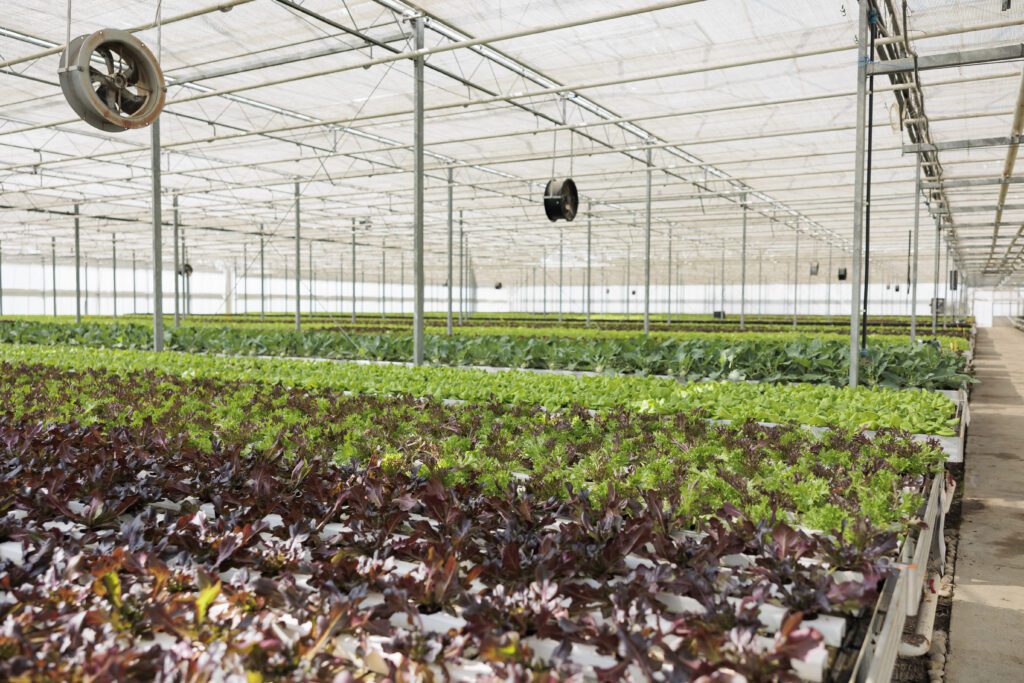
Exploring the potential return on investment (ROI
Hydroponic and panoponica systems have gained significant attention in recent years for their potential return on investment (ROI). These systems offer unique advantages, such as higher crop yields, reduced water usage, and minimized pesticide use. These factors, along with the increasing demand for locally grown produce, have made hydroponics and panoponics an attractive investment option for gardening enthusiasts and commercial growers alike.
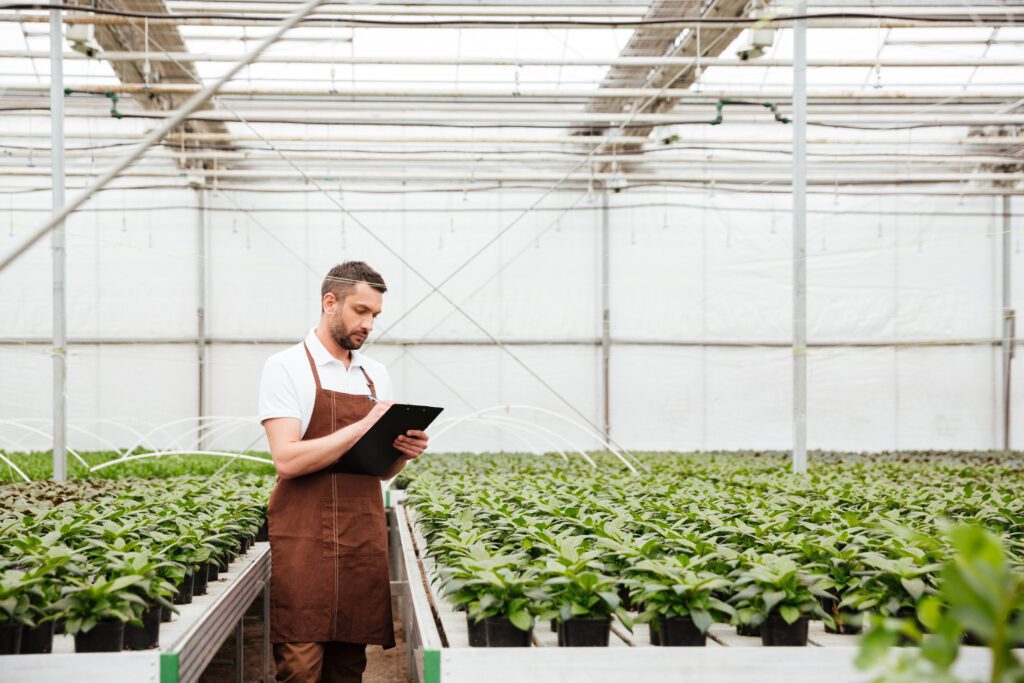
According to industry reports, the ROI for hydroponic and panoponica systems can vary depending on multiple factors, such as the scale of the operation, crop selection, market demand, and operational costs. However, studies have shown that with proper planning and implementation, growers can expect favorable financial returns. For instance, a study conducted by the University of Arizona’s Controlled Environment Agriculture Center found that the payback period for a hydroponic lettuce system ranged from one to three years, with average annual returns ranging from 10% to 18%. These figures highlight the profitability potential associated with these innovative growing methods.

Investing in hydroponic and panoponica systems does require an initial capital outlay, including equipment, infrastructure, and the necessary technological components. However, over time, these investments can be recouped through savings in water usage, decreased dependency on pesticides, and increased crop productivity. Additionally, the ability to grow crops year-round, regardless of seasonal limitations, provides a consistent revenue stream for growers.
What are the main regulatory requirements for hydroponic systems?
The main regulatory requirements for hydroponic systems may vary depending on your location. However, some common regulations include proper water management, adherence to pesticide use guidelines, and compliance with food safety standards.
Are there any constraints for hydroponic systems?
Yes, there are certain constraints for hydroponic systems. These can include the initial setup cost, the availability of suitable space, the need for advanced technical knowledge, and the requirement for consistent monitoring and maintenance.
What are the regulatory requirements for panoponica systems?
Panoponica systems, also known as vertical farming systems, may have similar regulatory requirements as hydroponic systems. Some common regulations may include water management, pesticide use guidelines, and compliance with food safety standards. However, it is important to check with local authorities for specific regulations in your area.
What are the constraints associated with panoponica systems?
Panoponica systems also have constraints that need to be considered. These can include initial setup costs, availability of suitable vertical space, the need for advanced technical expertise, and the requirement for consistent monitoring and maintenance.
How is the return on investment (ROI) calculated for hydroponic and panoponica systems?
The ROI for hydroponic and panoponica systems can be calculated by taking into account the initial setup costs, ongoing operational expenses, and the projected revenue generated from the sale of crops. The ROI formula is [(Total Revenue – Total Costs) / Total Costs] x 100.
What factors can affect the potential return on investment for these systems?
Several factors can influence the potential return on investment for hydroponic and panoponica systems. These may include crop selection, market demand, pricing fluctuations, energy costs, labor expenses, and the efficiency of the system itself.
Are there any specific financial incentives or grants available for investing in hydroponic or panoponica systems?
Depending on your location, there may be specific financial incentives or grants available for investing in hydroponic or panoponica systems. It is advisable to research local agricultural or environmental agencies, as well as government programs, to explore potential funding opportunities.
How long does it typically take to recoup the initial investment in these systems?
The time it takes to recoup the initial investment in hydroponic or panoponica systems can vary. Factors such as crop type, market demand, operational efficiency, and pricing play a significant role. It is recommended to conduct a thorough financial analysis to estimate the payback period specific to your situation.
Can hydroponic or panoponica systems be profitable in the long run?
Yes, hydroponic and panoponica systems have the potential to be profitable in the long run. With careful planning, efficient operations, and market research, these systems can generate consistent revenue and provide a sustainable source of income.

Kanike Sreekanth, a prolific writer at SouthElMonteHydroponics, brings a unique blend of creativity and scientific rigor to the table. With a degree in Horticulture from a prestigious institution, Kanike’s expertise spans hydroponic farming, plant biology, and agricultural sustainability. Their passion for exploring innovative cultivation methods and promoting environmental stewardship drives them to uncover new insights in the realm of hydroponics. Kanike’s writing serves as a conduit for sharing their knowledge and inspiring others to embrace alternative farming practices for a more sustainable future.

